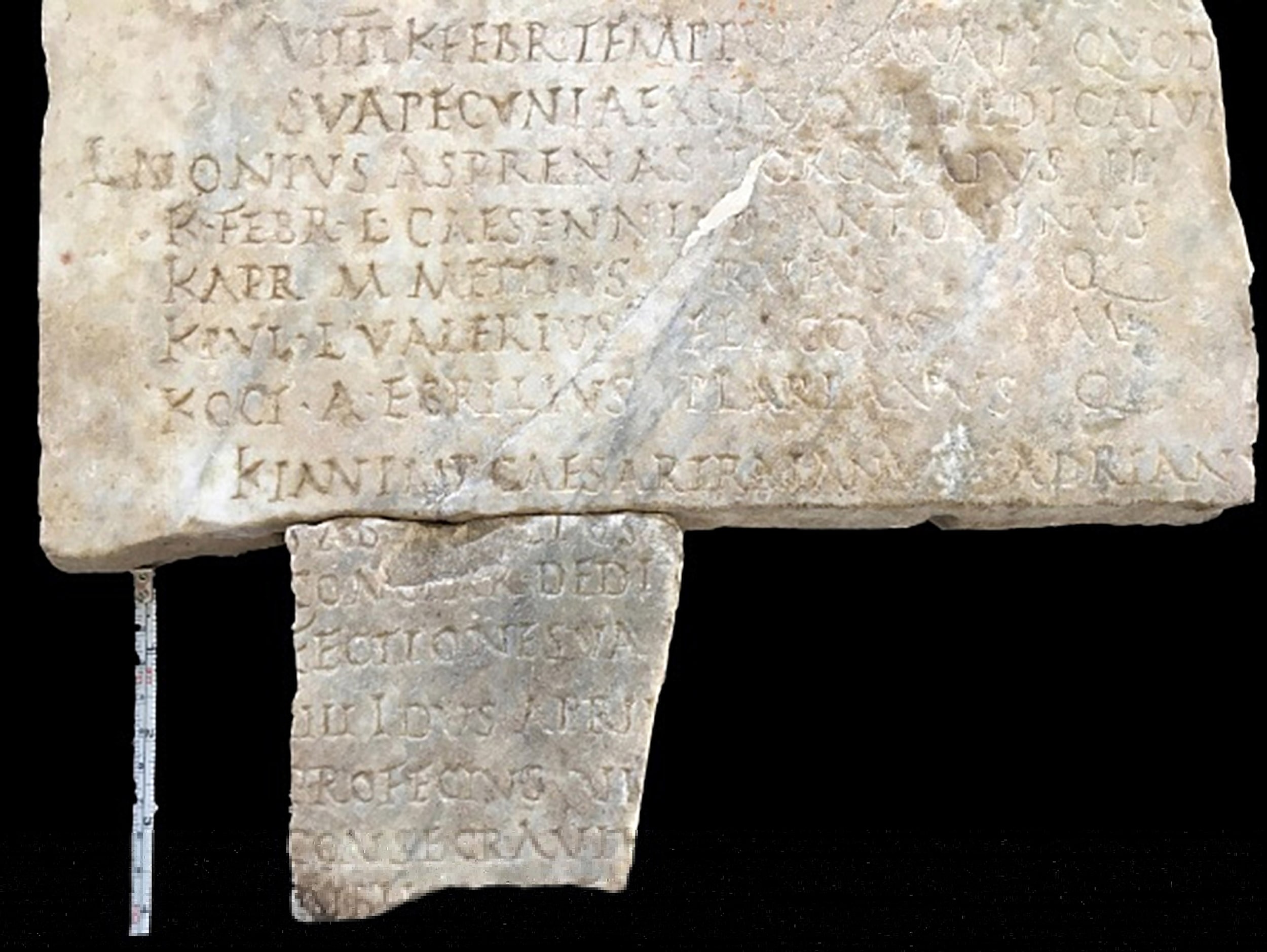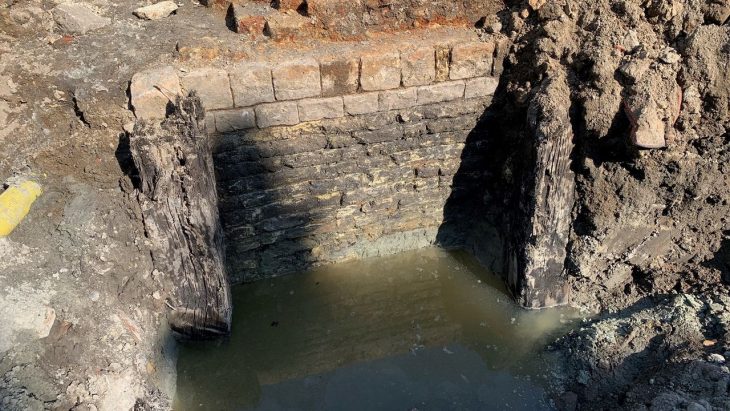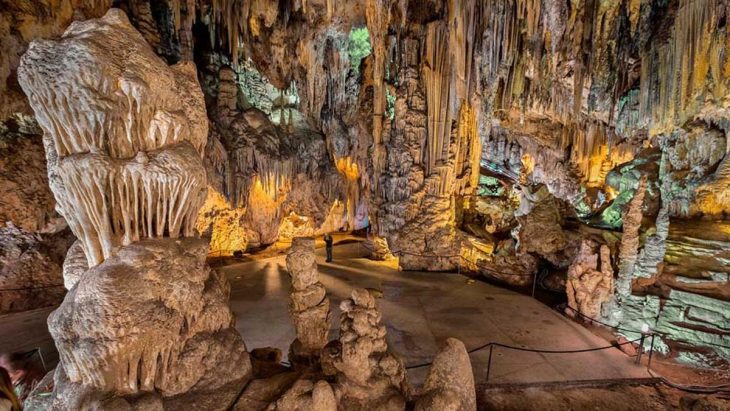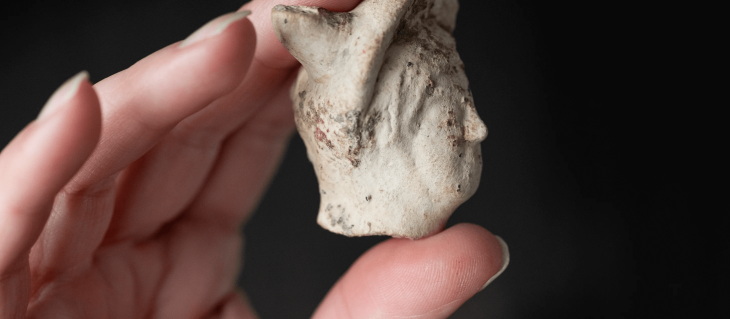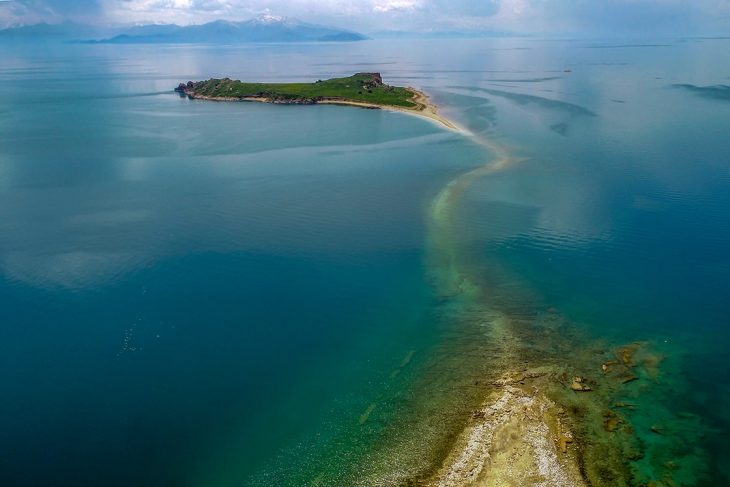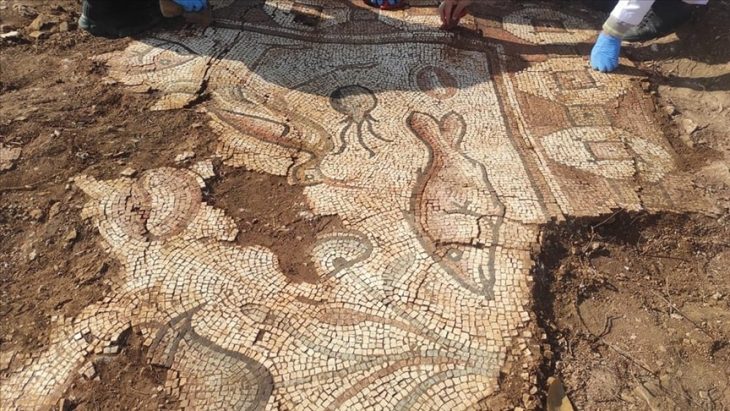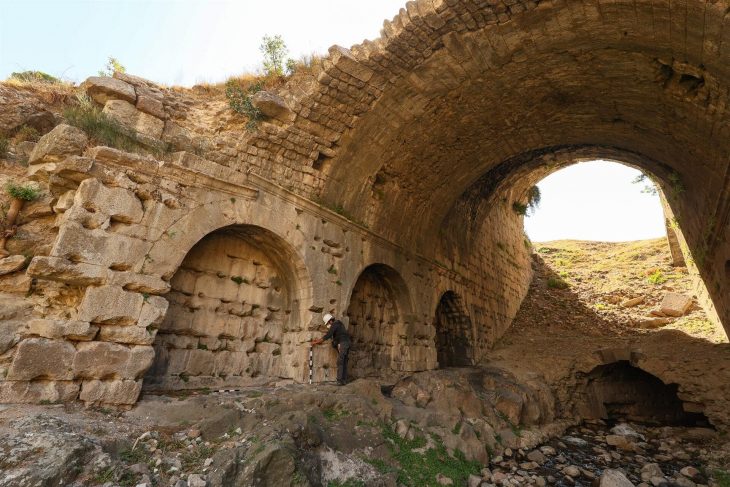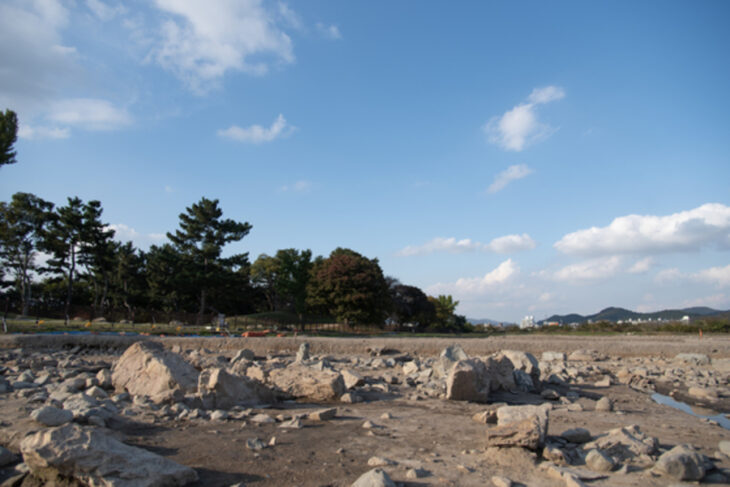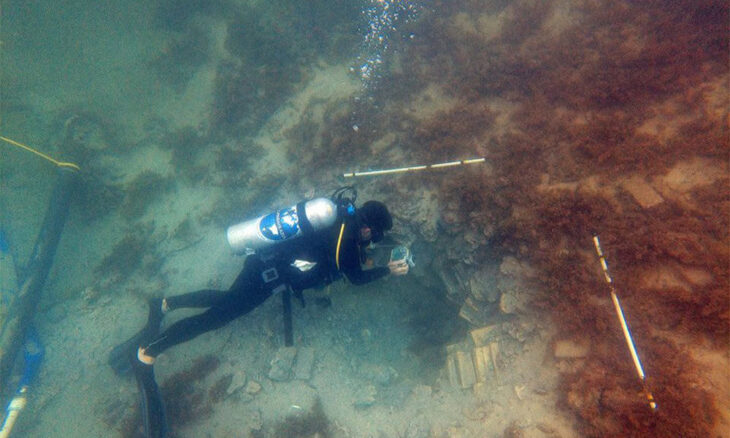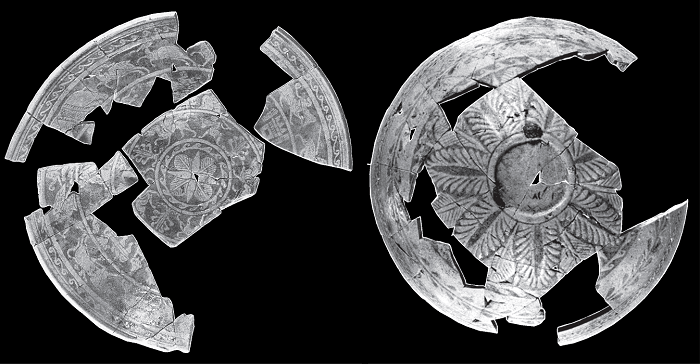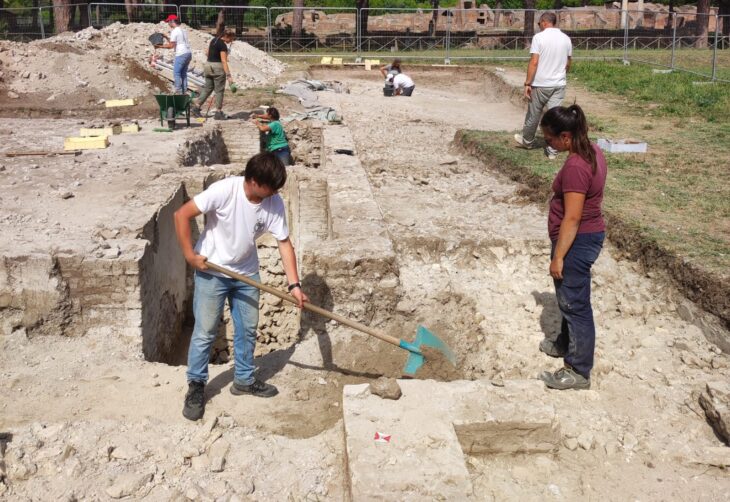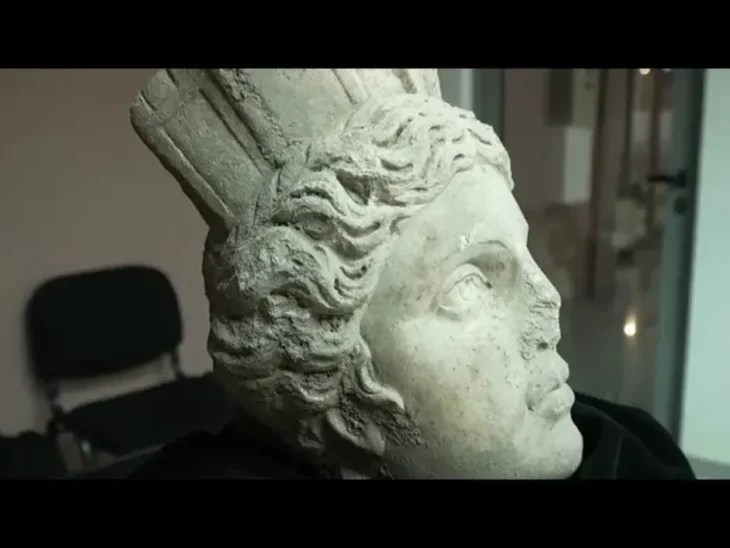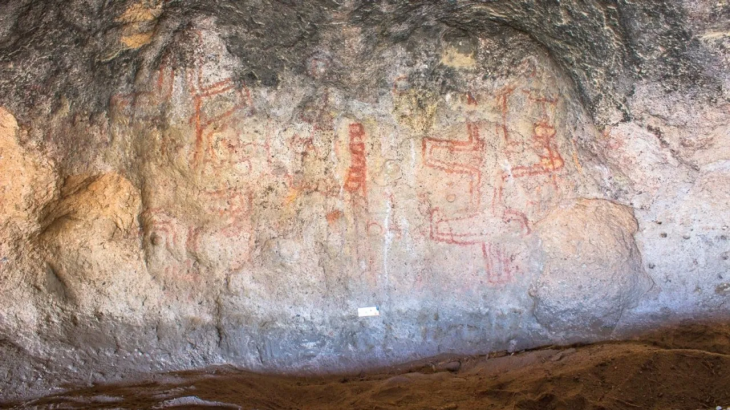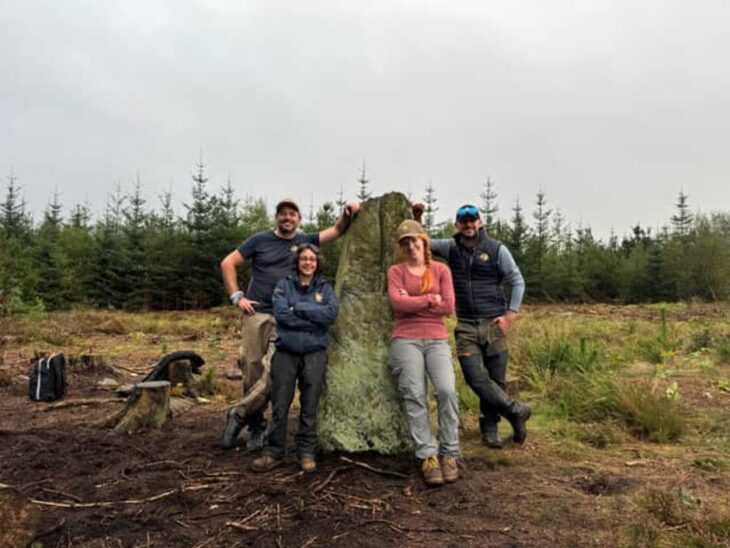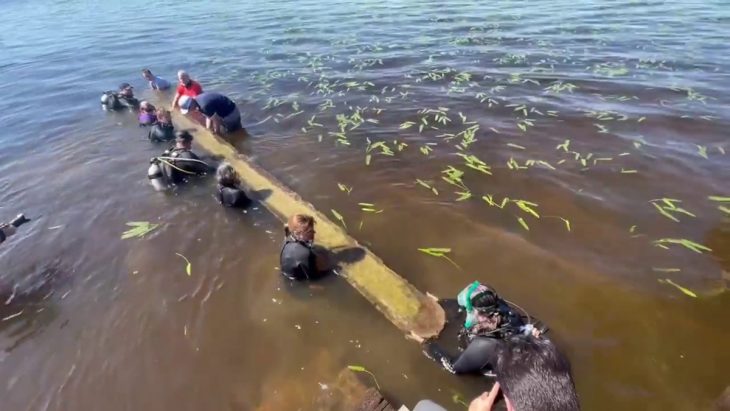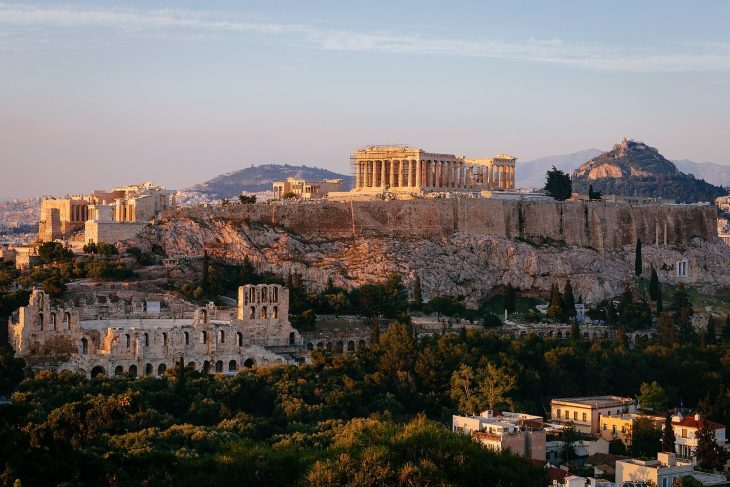Two new fragments of the Fasti Ostienses have been discovered in the Ostia Antica Archaeological Park, following investigations carried out in Area B of the site, corresponding to the Forum of Porta Marina. These are a kind of chronicle engraved on marble slabs: they report valuable news about the political and monumental history of Rome and Ostia from 49 B.C. to 175 and perhaps beyond.
The details of the daily activities of the Roman emperor Hadrian, who built monuments including the Pantheon during his more than two-decade reign, it was inscribed on Fasti Ostienses, a type of calendar chronicling events involving emperors and other officials in ancient Rome which were drafted by the pontifex Volcani, the highest local religious authority.
The findings emerged from the second excavation campaign of the Ops – Ostia Post Scriptum project, curated by the Park in collaboration with the University of Catania and the Polytechnic University of Bari.
One of the two newly recovered fragments, which experts say matches perfectly with another previously found at the site, dates to AD128, during the reign of Hadrian. The inscription refers to events that took place that year, including 10 January, when Hadrian received the title pater patriae, or father of his country, and his wife, Sabina, that of Augusta. According to the inscription, Hadrian celebrated the occasion by offering a congiar dedit, or donation of money, to the people.
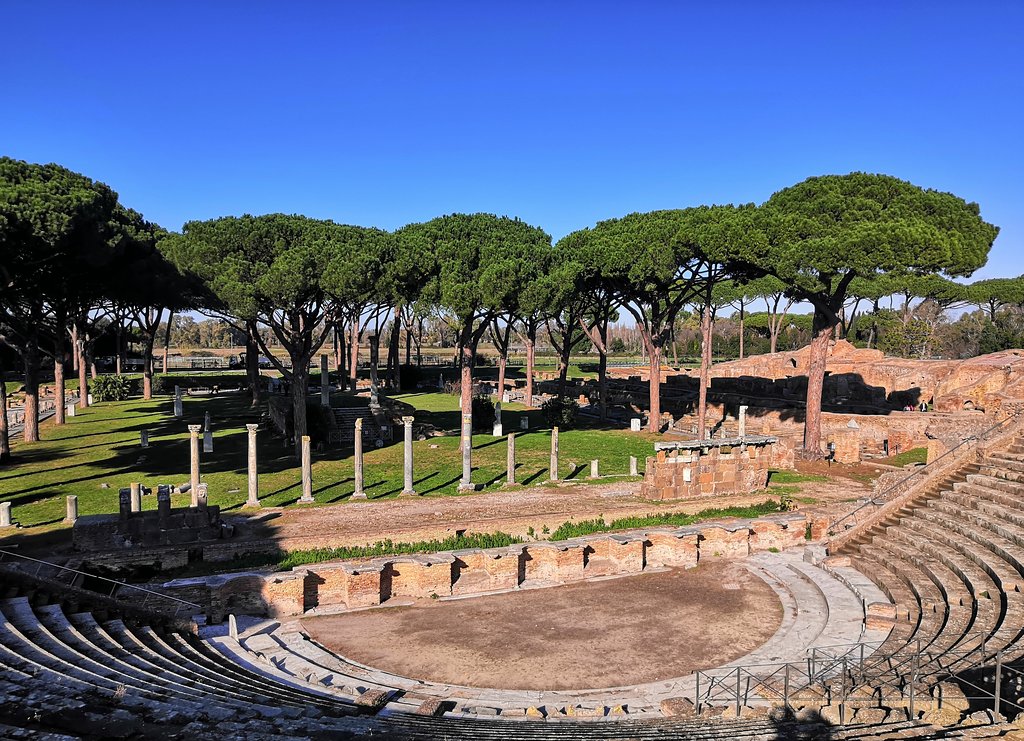
Subsequently, on April 10, 128 (ante diem III Idus April reads the inscription) the emperor left for Africa and, returning to Rome between late July and early August and before traveling to Athens, consecrated (Consecravit, reads the inscription) a building, certainly a temple in the Urbe. There are two possibilities: the Pantheon, or more likely the Temple of Venus and Rome. According to a very suggestive hypothesis, the consecration may have taken place on August 11, 128 A.D., or on the anniversary of Hadrian’s accession to the throne in 117.
“This is an extraordinary discovery that, if on the one hand increases and complements what we know about the activity of the great emperor who was Hadrian by bringing new acquisitions on the very important building activity he conducted in Rome, on the other hand it reconfirms the immense potential of ancient Ostia for an ever deeper knowledge and popularization of our past,” said the director of the Archaeological Park of Ancient Ostia, Alessandro D’Alessio.
![A fragment of the Fasti Ostienses mentions Pharasmanes II of Iberia.[1][2] PHARASMAN'[ES REX IBERORVM CVM FILIO]
E ET VXORE PHR[CVI IMP(ERATOR) ANTONINVS AVG(VSTVS) REGNVM] REDDIDI Translation: Pharasman[es, the king of Iberia with the son] and his wife Phr[to whom the emp[eror] Antoninus Aug[ustus], the kingdom] restored.](https://arkeonews.net/wp-content/uploads/2023/08/A-fragment-of-the-Fasti-Ostienses-min.jpeg)
“Even the latest excavation campaign just completed in the Archaeological Park of Ostia gives us treasures of inestimable value and very precious documentary sources to understand the activities of the great emperor Hadrian. The discovery of two fragments of the Fasti allows us to reveal important pieces of the life of Ostia and the capital. These excavations have also brought to light the remains of various decorations and extensive portions of the mosaic floor which will soon be visible to the public, just as has already been achieved in other archaeological sites in our nation thanks to the activity put in place in these months by the Ministry of Culture”, said the Minister of Culture, Gennaro Sangiuliano.
Fragments of Fasti Ostienses were first discovered at the site in 1940 and 1941 and then again between 1969 and 1972, including one that joins the recently rediscovered fragment. The combined slab chronicles the AD126-128 period. Some of the calendar fragments, which range between AD49 and AD175, are on display at the Vatican Museums.
Ancient Ostia Archaeological Park
Cover Photo: Italian Ministry of Culture

